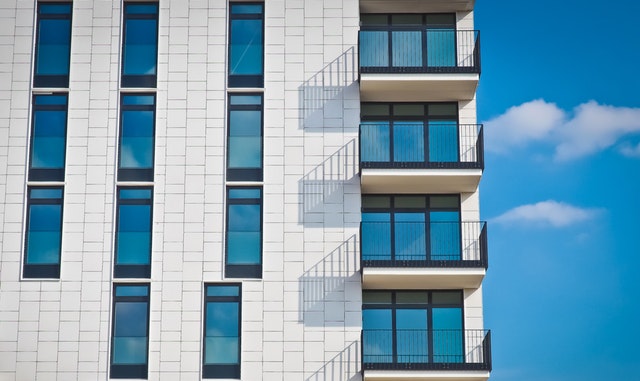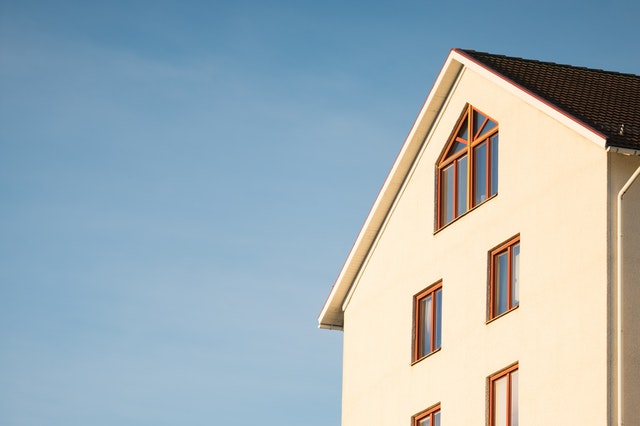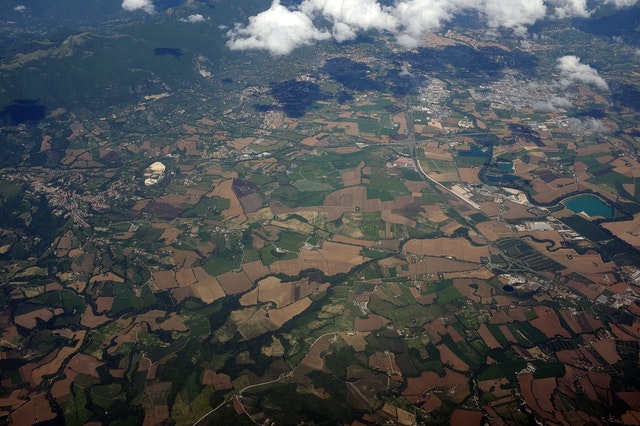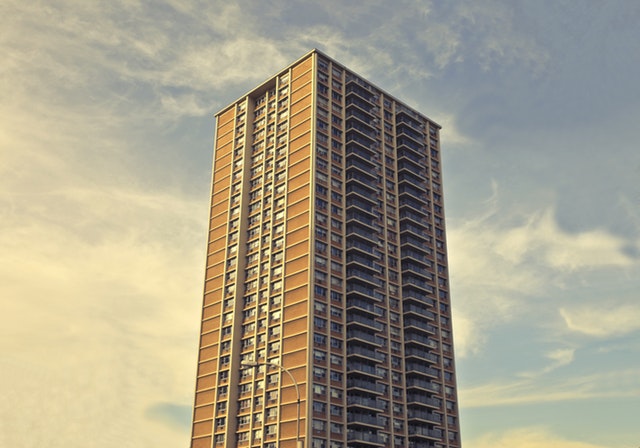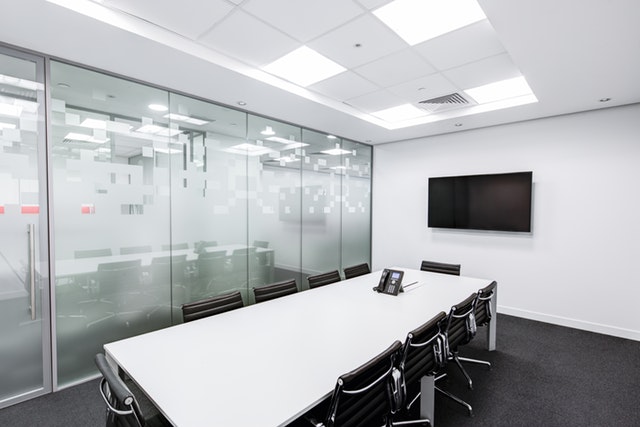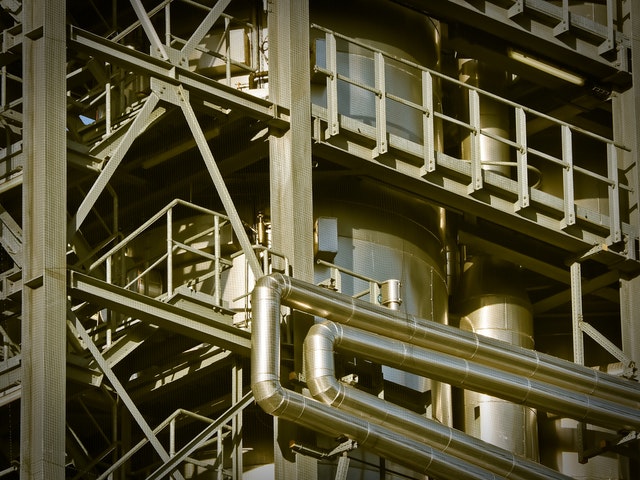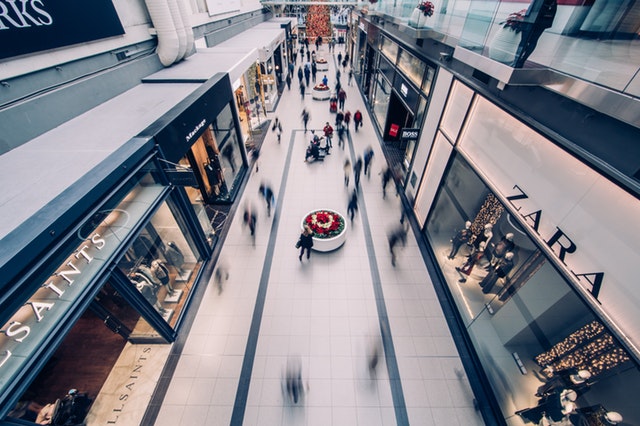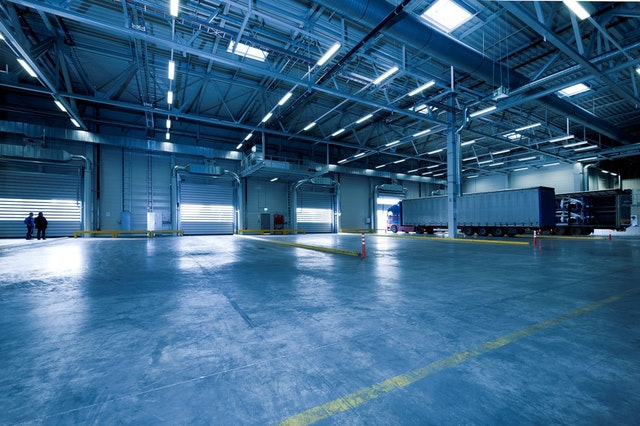Imanta – a neighborhood of the city of Riga, a suburb of Kurzeme
History and meanings in Riga
The area of Imanta has a long history, in the 15th century a group of small homesteaders appeared, who began to build the vast meadows in present-day Pārdaugava. Manors and half-manors appeared, which were both divided and united over time. Initially, they were like small farms, whose function was to provide supplements and agricultural products, gradually also leisure and pleasure manors appeared. From the middle of the 17th century, the number of manor houses near the city increased, however, the majority of manor houses were established in the 18th century. More densely built-up areas in the Imanta area were formed in the second half of the 19th century, however, until the beginning of the 20th century, most of this area still had a few recreational buildings, it was covered by meadows and several forest areas. Imanta began to be built more actively in the late 20s of the 20th century, the construction of individual family houses began. Before the Second World War, the territory of Imanta was relatively sparsely populated – individual low-rise buildings are typical. In 1967, the detailed plan of Imanta for the current building was developed.
Territory and construction
The Imanta residential complex was intended for 60,000 inhabitants. In 1965, the construction of the Imanta residential complex began, it was basically built from 1967 to 1975, but the construction of the building continued even later. 1969. The principle of the structure of micro-districts was realized in Imanta more than in the previously developed projects. Each micro-district consisted of 5-6 groups of residential buildings with a slightly different layout arranged around a central courtyard. The central Anniņmuiža park, which is enclosed in a semicircle by the circle of the boulevard with the residential area of Imanta, is of great importance in the overall spatial organization of the district. Four radial highways divide it into five micro-districts (Imanta 1, 2, 3, 4 and 5) with a peculiar spatial structure, where the micro-district’s commercial and public centers are built according to individual projects around Anniņmuiža Park. The spatial character and image of Imanta’s residential areas is mostly determined by residential buildings of the 602 series (9-story white buildings, where the balconies are usually outside the plane of the facade). In parallel with the intensive construction of the Imanta residential complex in the 1970s, the borders of Riga were also changed and expanded – so in 1974, territories near Imanta were added to Riga. The total area of the Imanta neighborhood is 9,003 km², which is almost twice as much as the average area of the neighborhood in Riga. Along the perimeter, the length of the neighborhood border is 15,820 meters. Considering the area of built-up areas and their functional mix, Imanta is considered one of the largest complex neighborhoods of Riga. New projects:
- Akacių, 2c Akacių street, Imanta, Riga
- Annas Parks, Anniņmuiža boulevard, Imanta, Riga
- IMANTA GARDEN, Jūrmala gatve 113b, Imanta, Riga
- Dammes Liepas, Slokas iela 130A, Imanta, Riga
- Dumbrāja iela 29, Imanta, Riga (plans to build)
- Imantas Ozoli, Riga, Jūrmala gatve 82, Imanta, Riga
- Metropolia, Anniņmuiža bulvāris 38, Imanta, Riga
- Solaris, Anniņmuižas bulvāris 41, Imanta, Riga
- Imantas Perle, Kleistu 11/1, Imanta, Riga
- Progresa House, Progresa Street 3, Imanta, Riga
- Nordeķu Mājas, Slokas Street 86, Imanta, Riga
- Under the oak, Slokas 111h, Imanta, Riga
Infrastructure
Education:
- Faculty of Pedagogy, Psychology and Art of the University of Latvia
- Riga Technical School of Arts and Media
- Riga Imanta Secondary School
- Anniņmuiža secondary school
- Riga Ostwald Secondary School
- Riga 69th secondary school
- Riga 96th secondary school
Shops:
- Rimi hypermarket – Kurzeme prospectus 1a
- Rimi supermarket – Anniņmuiža boulevard 40a
- Maxima XXX — Slokas iela 115
- Maxima XX — Kurzeme prospectus 141
- Maxima X — Kurzeme prospectus 59
- Maxima X — Jūrmala gatve 85
- K3 — Kurzeme prospectus 3
- Mego Dammes — 46 Dammes Street
- Mego Kleistu — Kleistu Street 9
- Mego – Kurzeme prospectus 132
Transportation:
- Bus 4. 4z. 13. 21. 36. 37. 41. 46. 56.
- Tram 1.
- Minibus 237. 338. 241. 263. 370.
- Electric train

